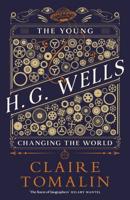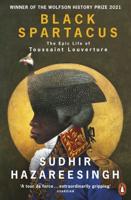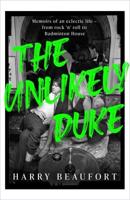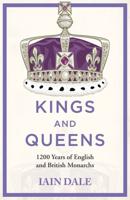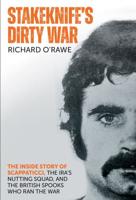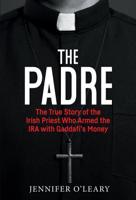Publisher's Synopsis
This historic book may have numerous typos and missing text. Purchasers can usually download a free scanned copy of the original book (without typos) from the publisher. Not indexed. Not illustrated. 1816 edition. Excerpt: ... ut into proper lengths, a sufficient number of men were not to be found who had escaped the ravages of sickness and distress, to convey them to the water side, in consequence of which the idea was given up, and the bridge proposed by the negroes became their sole dependence, which, according to Mr. Park, was constructed in the following manner. A straight pole was cut to sound the depth of the river, with .notches cut on it to indicate the depth at different distances from the shore. Two straight trees were next cut, and their tops fastened to fether in the securest manner with slips of bark, iy the help of two men these were launched across the stream, with a rope on the opposite side, and their roots were as firmly secured, by means of ropes, to the roots of the trees on either side of the river. They planted a range of forked sticks standing upright, along the upper side of these trees, which were accurately cut to the lengths on the sounding pole. These upright forks supported two other trees, which were fastened as the first, but which, like them, were not allowed to sink into the water, but by means of the forks were kept about a foot above the surface of the water. Another range was placed a little farther up the stream, which likewise supported two trees fastened as already mentioned, and the whole was finished with cross sticks. The two trees which were first laid across, and permitted to sink in the water, served to prevent the stream from carrying off the forks whose roots had a sloping direction down the stream; whilst at the same time the weight of the current kept the roots firm of those which were placed up the stream. As the people were so sickly, Mr. Park hired the negroes to carry the baggage over, and swim over...

